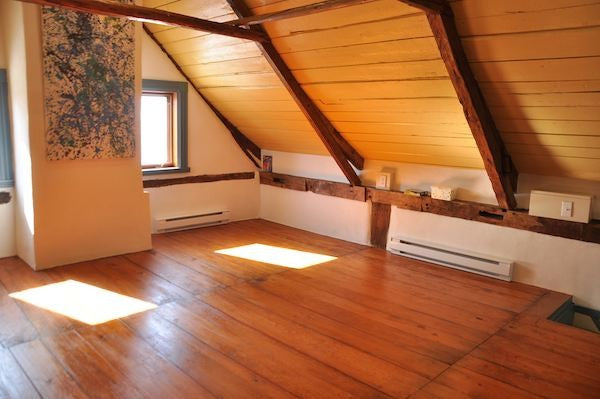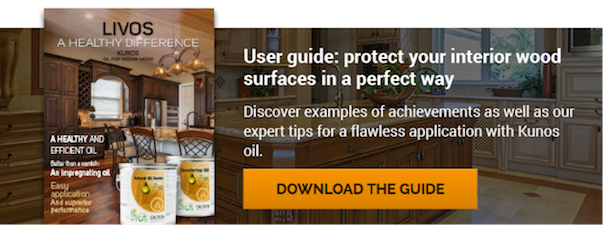When you live in an older home, especially one with historical significance, everything about it is a testament to history and character. The way the stairs have been constructed, the stained glass that may be on the windows, even the unique shape of the windows themselves are all going to be unlike anything that you find in a modern home, with factory-standardized parts.
And even though not many people think about it, because it’s under them and not around them, the same is true of the floor. When you have an old, ancestral floor, you don’t just have a wooden surface that you walk on. You have history, cachet, and a unique style of construction that just isn’t done this way anymore. If you want to preserve that type of traditional craftsmanship, there is some extra care that needs to be taken. The results, however, are worth it, and you can continue to maintain the memory, history, and distinctiveness of your ancestral floor if it’s wooden, oiled, and you follow our tips.
1 - SANDING
This will require some preparation on your part before you—or the professionals you have hired—begin the restoration process. An ancestral oiled floor has been in use, or worse, neglected, for decades? This means that years of foot traffic, furnishings, and perhaps even items glued or attached to the floor have occurred. A thorough inspection is required first to note the condition of the floor in general, as well as any specific areas that may require special attention, such as places where animal urine has soaked in, or damage from chemicals has occurred.
Once you are better acquainted with the state of the floor, you can start thinking about sanding. The type of wood used, whether it is soft or hard, and the condition the floor is in will determine whether sanding is necessary or not. However, when dealing with an ancestral floor, if sanding is necessary, it’s better to play safe, rather than sorry. Take extreme care with older floors, and get the work done the old-fashioned way; using hand sanders. Don’t get out an industrial strength floor sander that is designed to deal with as large an area as possible. Take your time to retain the cachet of the wood, and make sure that you use the right grit for the sandpaper. 80 grain, for example, is recommended for newly varnished floors, but this may not be suitable for your older, ancestral oiled floor. You may think about starting more with a 100 grain instead.
2 - CLEANING
If the floor was well maintained and that oiled was applied frequently, the step is useless. The next step is simply to ensure that your ancestral floor gets a new lease on life with a proper cleaning. However, if you’re dealing with an ancestral oiled floor, this brings up its own special requirements. The one thing you do not want to do with a historical, oiled floor is use harsh chemical cleaners. An oiled floor is not the same as a floor with a protective layer of plastic chemical coating applied on top. Oiled floors are not varnished. However, many powerful, chemical floor cleaners also contain powerful degreasing agents, which will attack the oil on your floor, thus damaging it!
The proper way to clean an ancestral oiled floor is with pH neutral cleaners. Products like TRENA are excellent for many surfaces except rough textures, so for a smooth, ancestral floor, this is perfect. The pH neutral quality of the cleaner does not interact with the oil in a harmful way, while still removing the dirt and grime to restore the look of the floor.

Credit : http://www.piecesurpiece.com/
3 - THE FINISH
The final step is applying some floor protection, such as finishing oil. We like to recommend that homeowners go with parquet oil. Not only does this preserve the look of antique softwood, but it also makes it look as natural as possible while providing protection. This type of finishing oil gives the wood some waterproofing protection, but at the same time actually nourishes the wood, and allows it breathe, retaining its distinct look.
The key to restoring an ancestral floor is to take your time, and do it right, without resorting to any mechanical or chemical shortcuts to either speed up the process, or make it less labour intensive. An ancestral floor is delicate, and they really don’t make them like this anymore. To get the most out of your ancestral floor, and preserve its look and feel, download our complete user guide protecting your wood and enhancing its ancestral qualities with Kunos oil.


